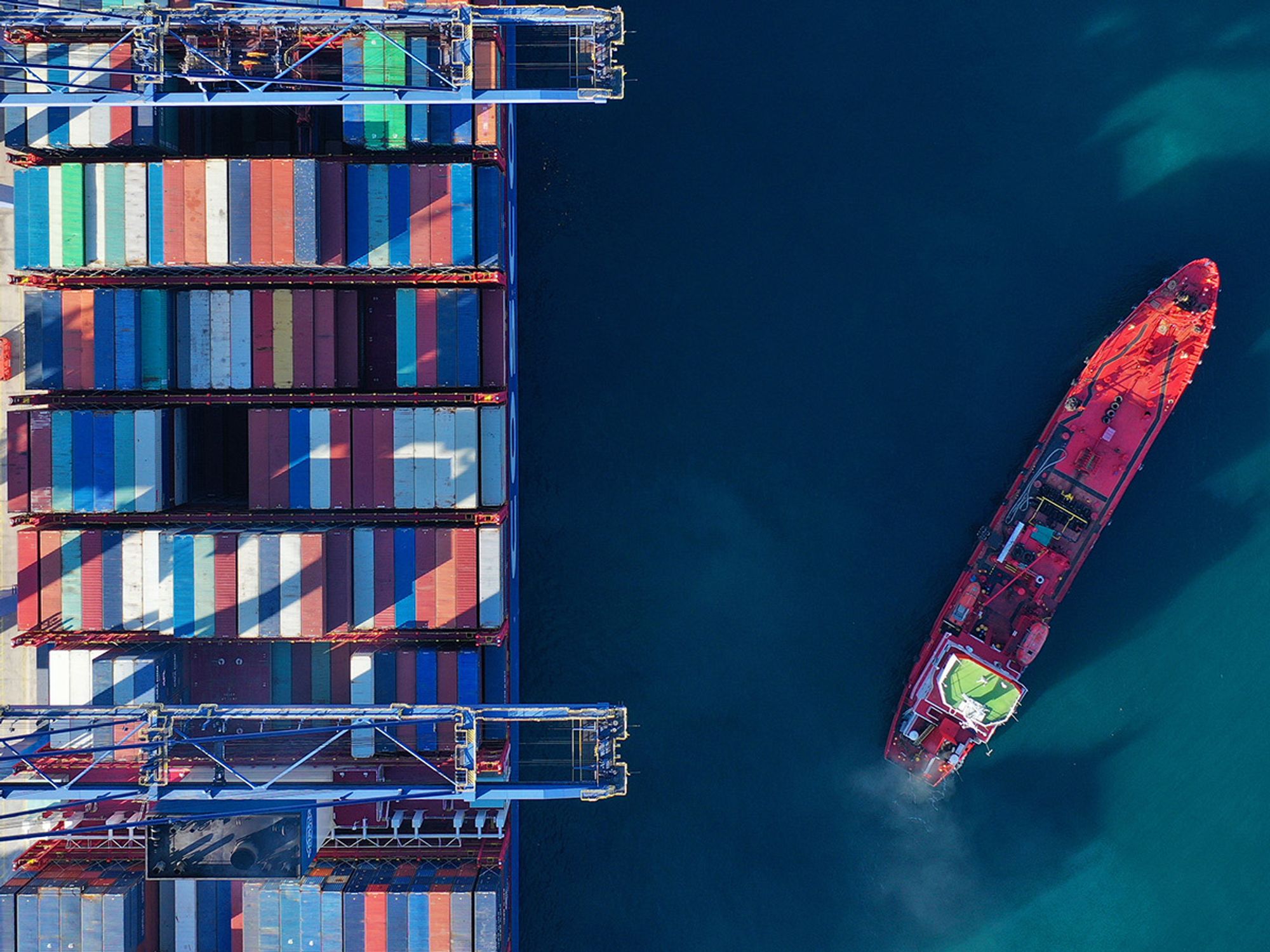InstituteIn Depth Sub Topics (Level 4)Hazmat SafetyHazmat: WaterHazmat: WaterFocus AreaHazmat EdgeEnglishAnalysisTransportationUSA
Multiple hazards under the IMDG
['Hazmat: Water']

- Some dangerous goods will meet the definition of more than one hazard class. Usually, the hazard class that poses the greater hazard during transport will be the primary hazard.
Occasionally, there will be situations when dangerous goods meet the definition of more than one hazard class, and it’s not specifically listed by name in the Dangerous Goods List. In this case, you must determine which of the hazard classes will be the primary hazard. Typically, the hazard class that poses the greater hazard during transport would take precedence and become the primary hazard.
The hazard classes listed below in order take precedence:
- Class 1,
- Class 2,
- Liquid desensitized explosives of Class 3,
- Self-reactive substances and solid desensitized explosives of Class 4.1,
- Pyrophoric substances of Class 4.2,
- Class 5.2,
- Class 6.1 with a packing group I vapor inhalation toxicity,
- Class 6.2, and
- Class 7.
Hazard classes not listed above must be classed according to the precedence of hazard table located in Chapter 2.0.3.
